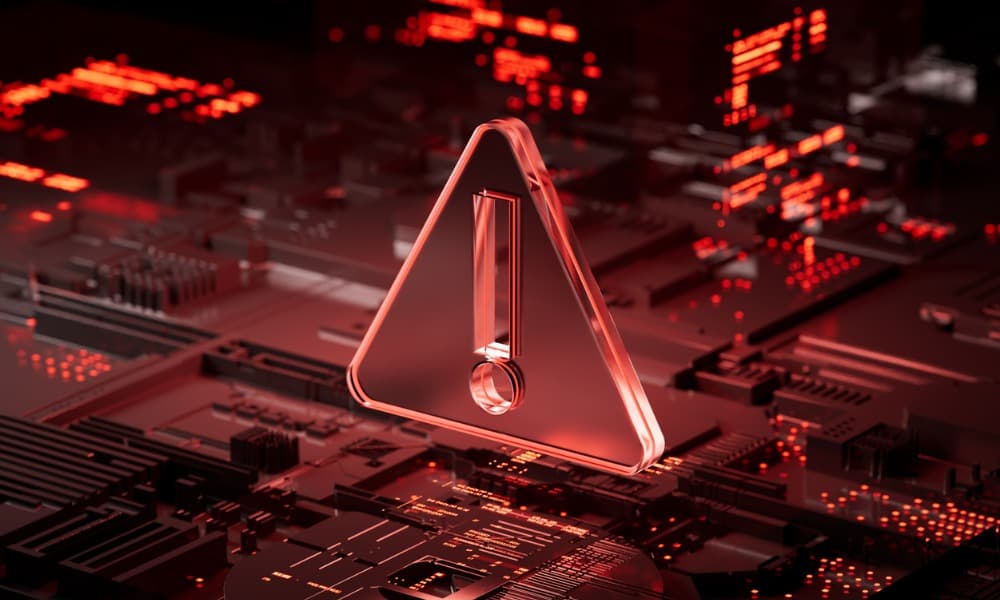Cyberattacks are no longer just a concern for large corporations. Today, nonprofits are becoming prime targets for ransomware, phishing scams, and data breaches. With limited staff, outdated systems, and growing digital responsibilities, many mission-driven organizations are left vulnerable.
Why Ransomware Is a Growing Threat to Nonprofits
Nonprofits collect and store sensitive data—donor records, personal client information, financial details, and operational documents. This makes them attractive targets to cybercriminals. At the same time, nonprofits are often under-resourced in areas like IT staffing, security software, and employee training.
The
2023 Nonprofit Tech for Good Report found that 27% of nonprofits globally experienced a cyberattack in the past year. That means more than one in four organizations faced direct threats to their data and systems.
What Happens When a Nonprofit Gets Hit?
When ransomware strikes, the result can be paralyzing. Without access to systems and files, program operations stall. Teams scramble to communicate with donors, boards, and vendors. The loss of trust can be difficult to repair—especially if private data is leaked or encrypted.
The
2024 IBM Cost of a Data Breach Report shows that the average ransomware-related breach now costs nearly $5 million, excluding the ransom payment itself. Nonprofits often lack the emergency reserves or infrastructure to absorb that kind of financial and reputational blow.
The impact is more than technical—it affects your credibility, your mission, and the communities you serve.
How to Start Protecting Your Organization
Improving nonprofit cybersecurity doesn’t require a major overhaul. A few practical changes can significantly reduce your risk:
- Enable multi-factor authentication across email, CRM, and file-sharing platforms
- Back up critical data and test your ability to restore it
- Train your team regularly to identify phishing emails and other suspicious activity
If you already work with a managed IT provider, ask them what protections are in place. Can they walk you through your backup plan? Are they actively monitoring your network? Do they provide staff training or risk assessments? If these conversations aren’t happening, it may be time to reevaluate the partnership.
Cybersecurity Is No Longer Optional
Too many nonprofits still treat cybersecurity as an afterthought. Yet when attacks happen, the consequences can linger for months or years. According to
TechSoup, nonprofits that invest in basic protections—like endpoint security, automated patching, and documented recovery plans—are far more likely to recover quickly and avoid serious loss.
Cybersecurity is not just an IT issue. It is a core part of operational stability and public trust. As donors become more tech-aware and funding requirements more complex, strong cybersecurity can even become a competitive advantage.
Endsight Supports Cybersecurity for Nonprofits
At Endsight, we help nonprofits across California build practical, affordable security strategies that match their goals and constraints. Whether you’re working with a small team or navigating compliance concerns, we deliver IT support and cybersecurity services designed for organizations like yours.
We work alongside nonprofit leaders to:
- Strengthen data protection and recovery
- Meet cyber insurance and compliance requirements
- Train staff and reduce human error risks
- Monitor systems and respond to threats proactively
You don’t have to figure this out alone. Let’s create a safer, more resilient tech environment that supports your mission and gives your team peace of mind.
Take the next step
Access ready-to-use nonprofit cybersecurity tools and templates to get started today.



/jclause.jpg)